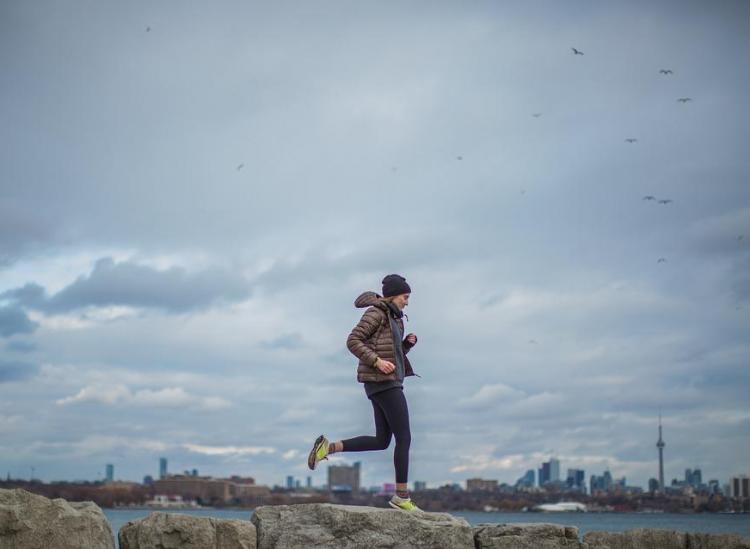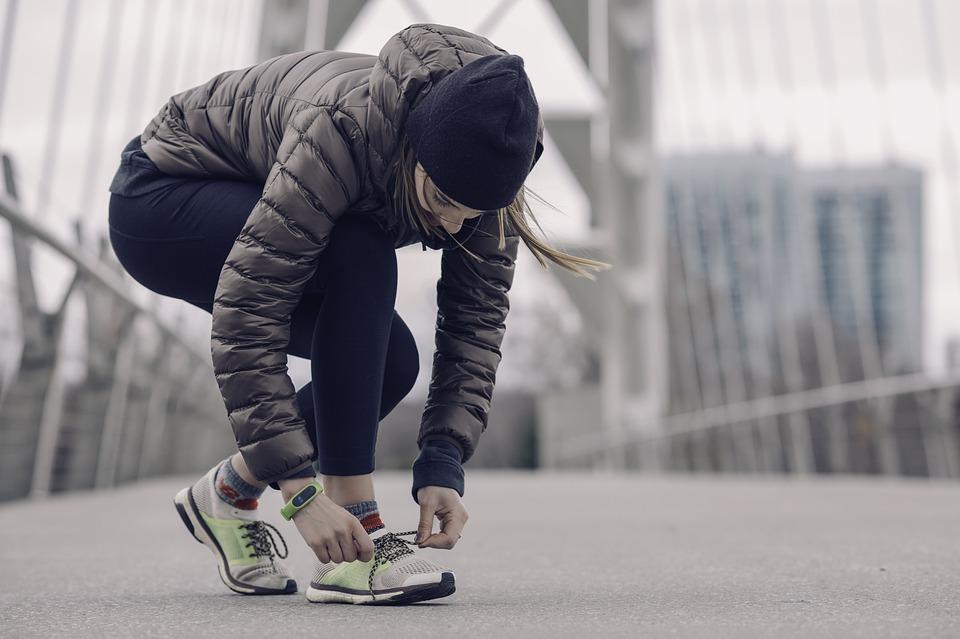5 Ways To Protect Your Body During Winter Weather Workouts

Pixabay
Has winter sent your outdoor exercise habits into hibernation? Well, resist that urge and come out to play! Working out during the colder months can help you ward off the winter blues, boost your energy levels and prevent unwanted weight gain during this dark and dreary time of year. Just be sure to protect your body on both the outside and inside when you face off with the frigid temps. Here are our best tips for staying safe, warm and fit.
1. Feel the burn inside.
Cold, wintry weather is the perfect excuse to take a break from the frosty temps outside and try that aerobics or spin class you’ve been avoiding. Gyms are always coming up with new ways for their members to try something different that pushes their fitness to the next level, so consider this your time to try some new workouts. And don’t forget those fun workout videos you’ve been seeing on social media! Pull one of those out and score a great workout in your living room at home.

Pixabay
2. Insulate your body.
Dress in layers when exercising outside during the colder months. Layers are the most effective way to stay warm and dry in the wet, cold weather. Try to avoid cotton in the layer closest to your skin because it tends to hold moisture rather than wick it away. Opt for a dry-fit material instead. Your top layer should be wind- and water-resistant to properly protect you from the weather elements.
3. Be mindful of your body temp while exercising.
You might be tempted to strip down from your sweaty workout clothes as soon as you return home, but be cautious. Your body needs time to adjust to the temperature shift from outside to indoors. If you lose too much heat from your body too quickly, you may experience post-exercise hypothermia. It’s a direct result of the body simultaneously reducing its production of heat while losing the existing heat it’s storing.

Pixabay
4. Take care of your extremities.
Your hands, feet and ears are just as important as your core when it comes to staying warm during outdoor winter workouts. Use glove liners underneath a heavier pair of mittens while exercising so you can pull off the top glove or mitten when your hands get sweaty and still protect them from the cold. Also, consider buying running shoes that are a half-size larger than the normal size you purchase to provide room for thick, thermal socks. And protect your vulnerable ears with a headscarf or winter cap!
5. Drink water, water and more water.
We all know how important hydration is during exercise, but it’s vital during cold-temperature workouts. Cold air is drier than warm air, and lacks important moisture for your body. Breathing through your nose is beneficial in that it helps add moisture to that incoming air, limiting the drying effect, but you’re probably not going to be able to breathe through just your nose for an entire workout. What’s more, your thirst reflex isn’t triggered as quickly in cold weather, so you have to consciously hydrate even when you feel like you have had plenty to drink. Also, back to the layering concept, sweat evaporates more quickly in cold air, further dehydrating your body. Layering prevents excess evaporation, which helps keeps your muscles from freezing up and allows you to move more fluidly through your workout.
Hannah Moses is a contributing author for RightFit Personal Training, LLC.
Sign up for Daily Fit by Swirled, our newsletter featuring a wellness tip of the day and must-read health news from around the web! You’ll be one step closer to living a healthy, balanced life.
RELATED
This Winter Workout Doesn’t Even Require You To Leave Your Couch
This Stretching Routine Will Keep You Flexible And Injury-Free All Winter Long
The Bodyweight Circuit Workout You Can Do All Winter Long











